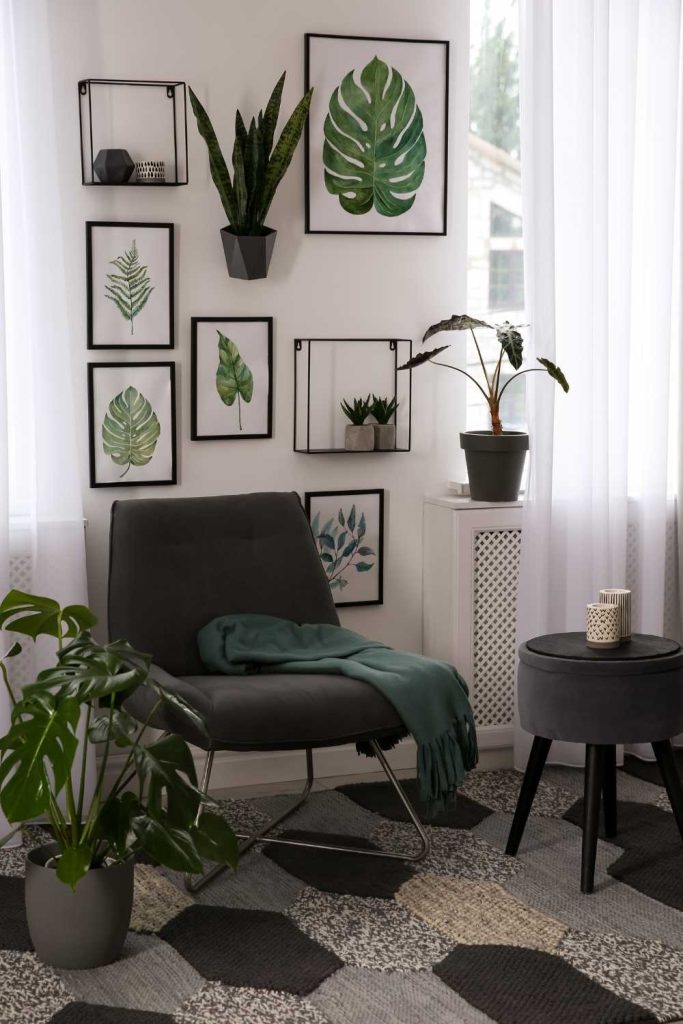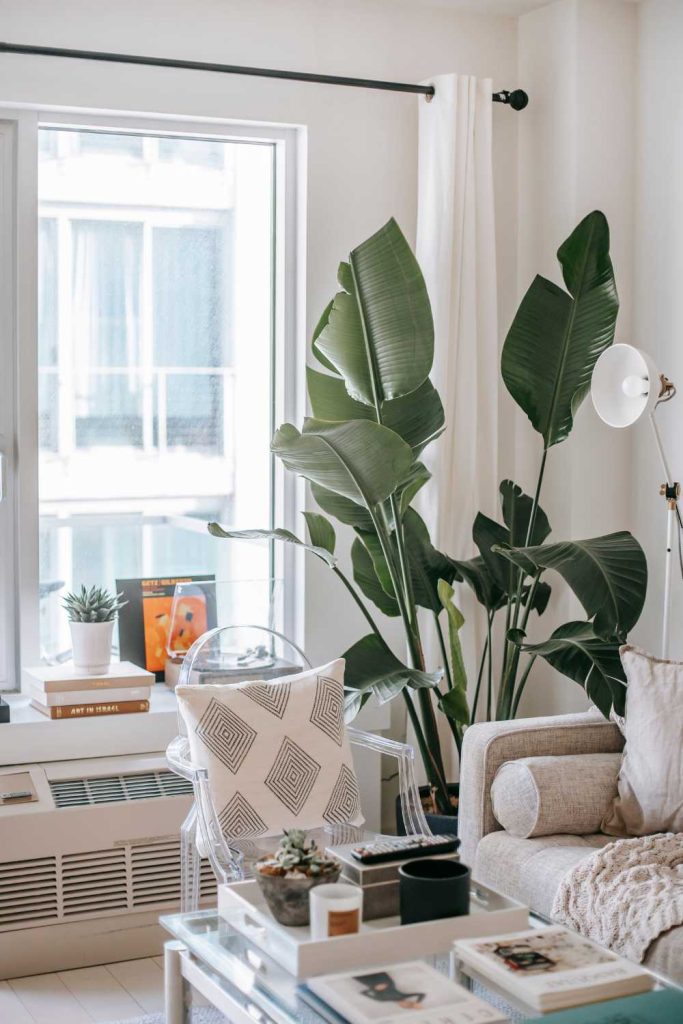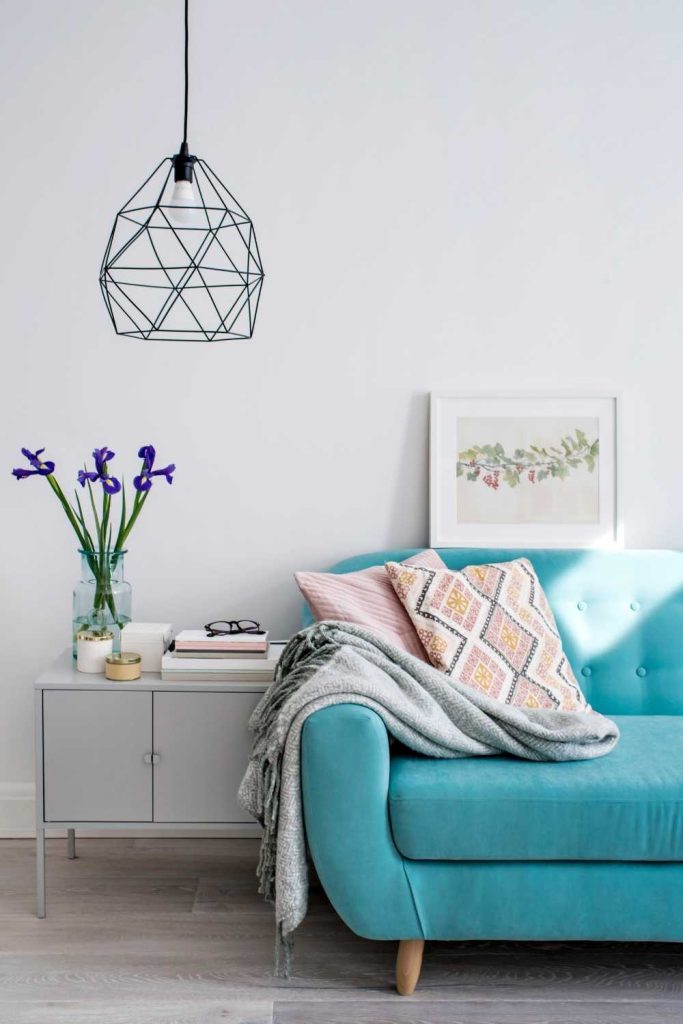How to decorate your home like a professional designer may seem challenging, but with the right approach and a few creative strategies, you can achieve a stylish and functional space. This guide will walk you through essential tips to transform your home into a beautifully designed haven. Discover how to decorate your home with minimal effort by using versatile furniture and neutral color palettes.
One of the most effective ways to elevate your home’s aesthetic is through intentional layering. Combining different textures, finishes, and materials within a single space adds depth and sophistication, making the room feel thoughtfully curated rather than thrown together. Consider pairing soft fabrics with hard surfaces, mixing matte and glossy finishes, or blending natural elements like wood and stone with metallic accents. This subtle interplay of contrasts creates a visually engaging environment that feels both dynamic and harmonious, giving your home a polished, designer-inspired look.
Master the Basics of Interior Design
The foundation of professional-looking how to decorate your home lies in understanding key design principles. Start with a cohesive color palette. Choose three main colors: a dominant shade, a complementary tone, and an accent color to add vibrancy. These colors should flow naturally throughout the space, creating harmony and balance.
An essential aspect is layout planning. Consider the functionality of each room and arrange furniture to maximize space and comfort. Use area rugs to define zones in open-plan spaces, and ensure there’s enough room for movement. Are you wondering how to decorate your home for the upcoming season? Start by incorporating seasonal accents like throw pillows and rugs. Lighting also plays a critical role—layer ambient, task, and accent lighting to add depth and highlight focal points.
In addition to layout and lighting, color coordination can dramatically transform a space. Choose a cohesive palette that ties together walls, furniture, and accessories, while allowing for subtle pops of accent colors to create visual interest. Soft, neutral backgrounds provide a versatile canvas, making it easy to swap in seasonal or statement pieces without overwhelming the room. Thoughtful color layering helps maintain harmony throughout your home while giving each area its own personality and charm.

How To Decorate Your Home Statement Pieces and Textures
Professional designers often use statement pieces to anchor a room. This could be a bold sofa, a unique piece of artwork, or an eye-catching light fixture. These items not only serve as conversation starters but also elevate the overall aesthetic.
Layering textures is another way to add depth and interest. Combine materials like wood, metal, glass, and fabric to create a dynamic look. For instance, pair a velvet sofa with a rustic wooden coffee table or a sleek metallic lamp with a soft, woven rug. Mixing textures adds richness and makes the space feel more curated.
The interplay of color and lighting is arguably the most powerful tool in a designer’s arsenal for defining the mood and perceived size of a room. Light colors, like whites and pale grays, are highly reflective, which maximizes both natural and artificial light, making a space feel larger, airier, and more open. Conversely, deeper, darker hues absorb light, creating a sense of intimacy, warmth, and cozy sophistication.
A skillful designer will use layered lighting combining ambient, task, and accent lighting sculpt the space and ensure true color perception. For example, a warm, low-Kelvin light bulb can complement a rich, jewel-toned wall to enhance a relaxing ambiance, while a cool, high-Kelvin light is perfect for amplifying clarity and focus in a work area. Ultimately, the careful balance of a room’s palette with its illumination determines the final emotional and visual experience of the space.

Personalize with Accessories and Details
The final touch in how to decorate your home like a pro is personalization. Accessories such as throw pillows, vases, books, and plants bring character to a room. Choose items that reflect your personality and style. For example, a collection of travel souvenirs or family photos can make the space uniquely yours.
Pay attention to the details, such as symmetry and proportions. Arrange items in odd numbers for a balanced look and ensure that decor pieces are scaled appropriately to the room’s size. Finally, embrace greenery plants not only enhance the decor but also improve air quality and create a calming atmosphere. By mastering these techniques, how to decorate your home with the finesse of a professional designer, creating a space that is both beautiful and functional.
Beyond aesthetic principles with how to decorate your home like, successful interior design places a strong emphasis on functionality and flow. A beautifully decorated home is only truly successful if it meets the daily needs of its occupants, and a designer addresses this through careful spatial planning and zoning. This involves defining specific areas within a room for distinct purposes a reading nook, a conversation area, or a workspace and ensuring smooth transition paths between them. Furniture should be arranged to facilitate conversation, not block pathways.
For instance, in a large living room, one might create two distinct seating clusters to avoid a “runway” feel, making the space feel more intimate and usable. By prioritizing how a space works over just how it looks, you ensure the home is not merely a showcase but a highly livable environment where every square foot serves a meaningful purpose. By mastering these techniques, you’ll know how to decorate your home with the finesse of a professional designer, creating a space that is both beautiful and functional.

With a contemporary focus in professional design is how to decorate your home with sustainability. Designers increasingly prioritize the use of eco-friendly materials, such as responsibly sourced wood, recycled content, and non-toxic paints, to minimize environmental impact and enhance indoor air quality. This approach often favors quality over quantity, encouraging clients to invest in timeless, durable pieces rather than following “fast-furniture” trends. Choosing sustainable design not only benefits the planet but also contributes to a healthier, more long-lasting, and ultimately more mindful home environment.
Finally, the truly professional touch lies in personalization and storytelling. A designer’s role is to ensure the home reflects the unique identity, history, and passions of the people living in it. This is achieved by incorporating meaningful items a collection of travel souvenirs, inherited artwork, or custom-designed furniture that break away from a generic “catalogue look.” When a space is designed with a personal narrative in mind, it becomes more than just a house; it becomes a truly authentic, emotionally resonant extension of the self.





















